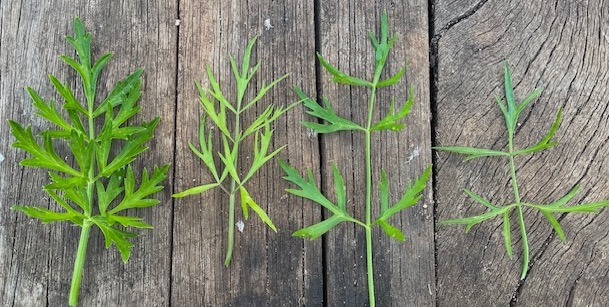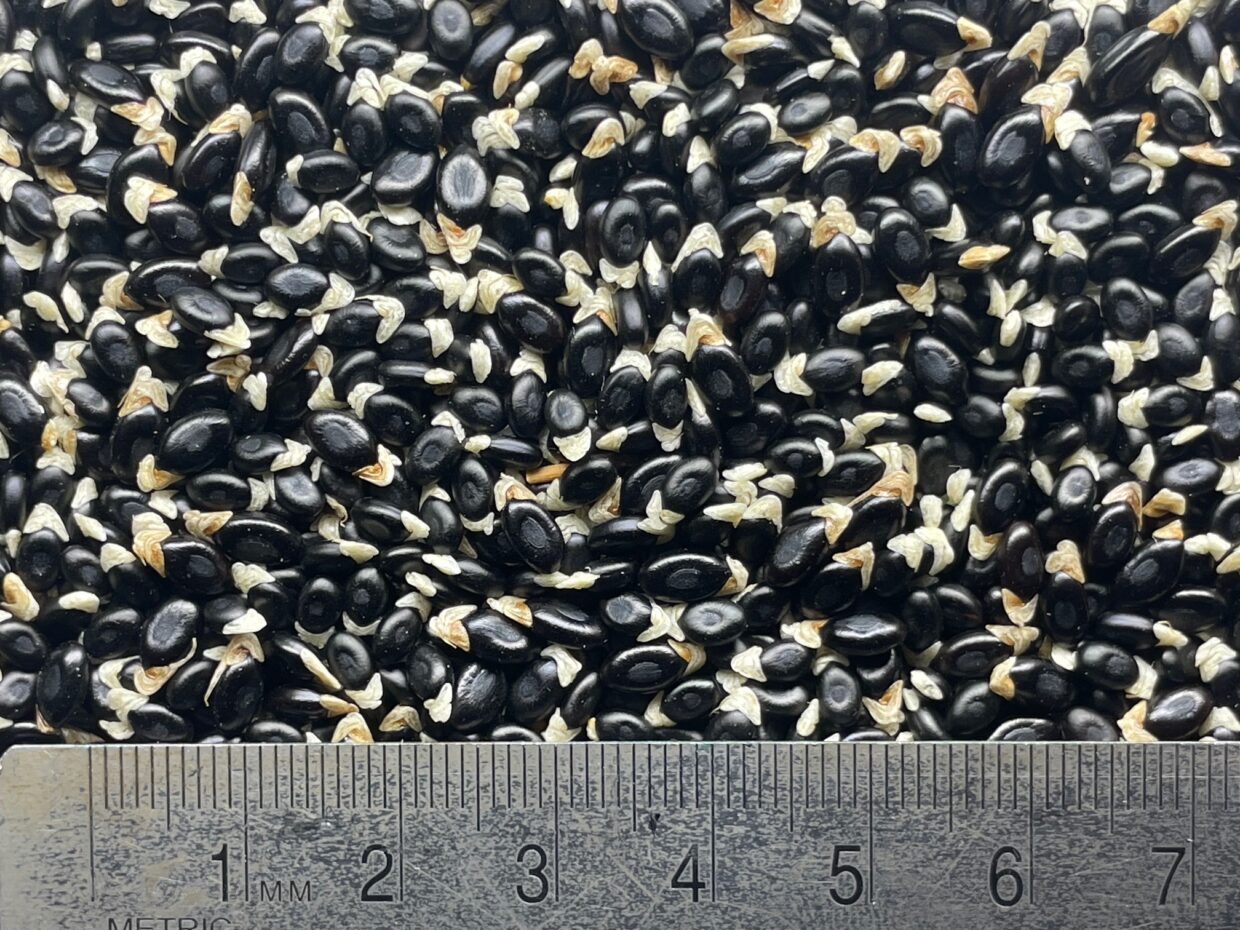Australian plants can be new food crops for sustainable agricultural systems
The paper “A review of the de novo domestication and cultivation of edible Australian native plants as food crops“, published in The Journal of Agricultural Science, has been chosen as the latest Editorial Highlight and is freely available to download for one month.

Australia has productive and profitable farming systems that contribute significantly to globally traded staple grains and global food security. Unfortunately, factors like climate change, soil degradation, pests, diseases, and changing markets threaten their long-term viability. Innovative solutions are urgently needed to address these challenges.
Crop diversification is a well-established strategy for increasing the long-term sustainability of agriculture. Diversification can be achieved by introducing exotic species, but local native species can also be domesticated. Native plants have the advantage of pre-existing adaptations to local climates and soil. Could domesticated native plants diversify Australian farming systems with well-adapted new crops? Our literature review explored this question.

Australia has around twenty thousand native plant taxa, many of which are known to be edible. Individuals have argued for the domestication and cultivation of edible Australian plants for over a century, but the commercial cultivation of Australian plants for food remains limited. The Macadamia nut is the only widely grown food crop endemic to the Australian continent. Crops have been domesticated from the flora of every other inhabited continent, so the lack of native Australian crops is surprising.
There may be four thousand or more edible species native to Australia, representing cereals, pulses, nuts, roots and tubers, fruits, and vegetables. Many of these are wild relatives of globally important crop species, such as rice, sorghum, and soybean. Only a few percent of these edible species need to have traits for successful domestication and cultivation for tens or even hundreds of potential new crops to be available on the continent.

A commercial “native foods” industry began in Australia in the 1980s but remains relatively small. Industry reviews find it has good potential but also identify significant challenges hindering further growth. These include a focus on niche markets that are easily oversupplied, inconsistent quantity and quality of supply due to a reliance on wild harvesting and the cultivation of unimproved germplasm, and a lack of information regarding agronomic practices. Most species that form the basis of the industry are also not well-adapted to Australia’s grain-growing regions. Historical examples of successful new crop development demonstrate the need for long-term, multidisciplinary, and publicly funded research. Although research is taking place in Australia, it is not of the type and scale required to develop native crops successfully.

Given the productivity, profitability, and sustainability benefits native crops can offer the Australian agricultural sector, a concerted new crop development effort is justified. These crops must be species capable of supplying large markets that can also be grown in extensive dryland farming systems. Developmental activities must involve widespread germplasm collection and evaluation, along with basic agricultural research to address knowledge gaps regarding cultivation methods. This R&D needs appropriate and sustained support and investment from relevant government agencies.
Finally, many Australian plants are culturally significant to Indigenous Australians. Unfortunately, this community has had minimal involvement with the current native foods industry. Future industry development must seek meaningful opportunities for engagement and benefit-sharing.
The Journal of Agricultural Science Editorial Highlights are selected by the Editor-in-Chief and are freely available for one month. View the recent selections here.





